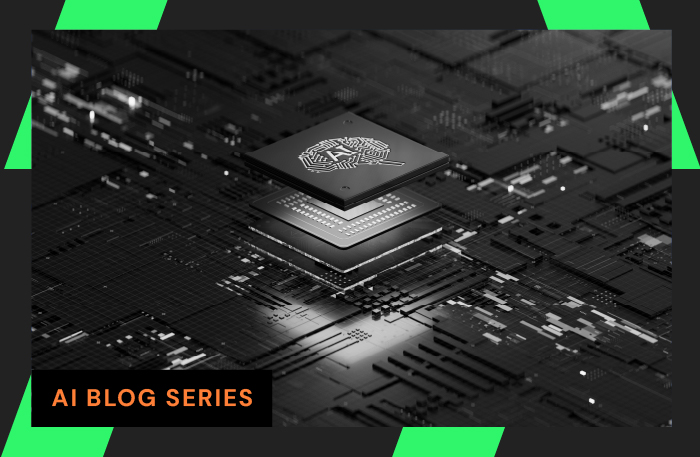Contents
How can your platform help reduce the time between discovering an issue and its resolution?
Let’s first identify the factors that complicate platform troubleshooting. Our solution brief identifies the top NetOps challenges that get in the way of network success, including:
- The three most problematic networks configurations for NetOps teams to manage
- The three greatest risks of “tool sprawl”
- NPM tools lacking these six critical capabilities
Enjoy troubleshooting tips like the four most important types of data in troubleshooting and the four steps in our network troubleshooting workflow.
Select a platform that closes the gap on MTTR. Select LiveAction.
The Challenge
Once a network operations team has detected a service problem, they must race to solve it. Every minute of downtime disrupts revenue generation, breaks business processes, and undermines customer relationships.
- Network Complexity: The network is inherently complex, ensuring there are no simple answers to be found. NetOps teams typically struggle with:
- Multiple vendors across switching, routing, Wi-Fi, and network
- Multiple network domains, including data centers, the cloud, local- area networks, and wide-area networks
- Massive scale, with dependencies that grow exponentially
- Data Complexity: Network managers collect and analyze a wide variety of data. The data most important to network troubleshooting, according to analyst research, include:
- Packets
- Device logs and Cloud provider flow logs
- Network flows (NetFlow, IPFIX)
- Device metrics (via SNMP MIBs, APIs)
- Tool Sprawl: Tool sprawl leads to wasted money and can contribute to a Network Manager’s loss of productivity
- NetOps must correlate insights across numerous tools
- Network management tools are often ineffective at supporting fault isolation and root-cause analysis workflow.s
- Tool consolidation and integration is a best practice; NetOps teams are twice as successful when purchasing fully integrated multi- functional NPM solutions.
The Solution
Establish Effective Network Troubleshooting Tools and Practices
The typical network troubleshooting workflow typically has four steps:
- Problem identification and fault isolation, via correlation of tickets, alerts, and reports.
- Root-cause analysis, often a trial and error exercise. A network manager develops and tests theories about the problem until the answer is found.
- Problem remediation, fixing the root issue is relatively straightforward. It may involve a configuration change, replacement of a failed device, or a capacity upgrade.
- Optimization, Network managers must validate that a change resolved the problem. He or she must then adjust or refine the change if needed.
Essential Troubleshooting Platform Capabilities
Look for NPM platforms that can provide the following insights:
- Application performance visibility, including application response time and packet drops
- Quality of service visibility, including settings and service level tags
- Application bandwidth visibility
- Service provider SLA visibility, including MPLS SLA reports and ISP outage reports
Is Your Network Performance Management Tool Prepared?
Many network managers say their tool sets are weakest with problem identification and root-cause analysis. To keep your network optimized and high performing, make sure you have these capabilities in your NPM platforms.
- Layer 1-7 visibility
- Diverse data fluency
- Path and traffic visualization
- Insight correlation (apps, traffic, devices, sites, people)
- Compatibility with next-generation network technology (SD-WAN, cloud networks, IoT)
- Historical data retention for forensic analysis and re-investigation of complex & recurring problems.
With the right NPM platform optimized for accelerated troubleshooting, a network operations team will help a digital enterprise compete in any environment.
Quick Facts
Quick Facts
- On average, IT organizations use 4 to 10 tools to monitor and troubleshoot the network
- 43% of Network professionals are challenged to find the time to work on strategic business initiatives
- 38% of Network professionals cannot proactively identify network performance issues
- 41% of Network professionals find that troubleshooting issues across the network to be incredibly time-consuming
- 35% of Network professionals have poor visibility into performance across all fabrics of the network
Download Solution Brief
Leveraging an Effective Network Troubleshooting Platform to Reduce Downtime
Download Your Free LiveNX Trial
About LiveAction®
LiveAction provides end-to-end visibility of network and application performance from a single pane of glass. We provide enterprises with confidence that the network is meeting business objectives, full network visibility for better decisions, and reduced cost to operate the network.




